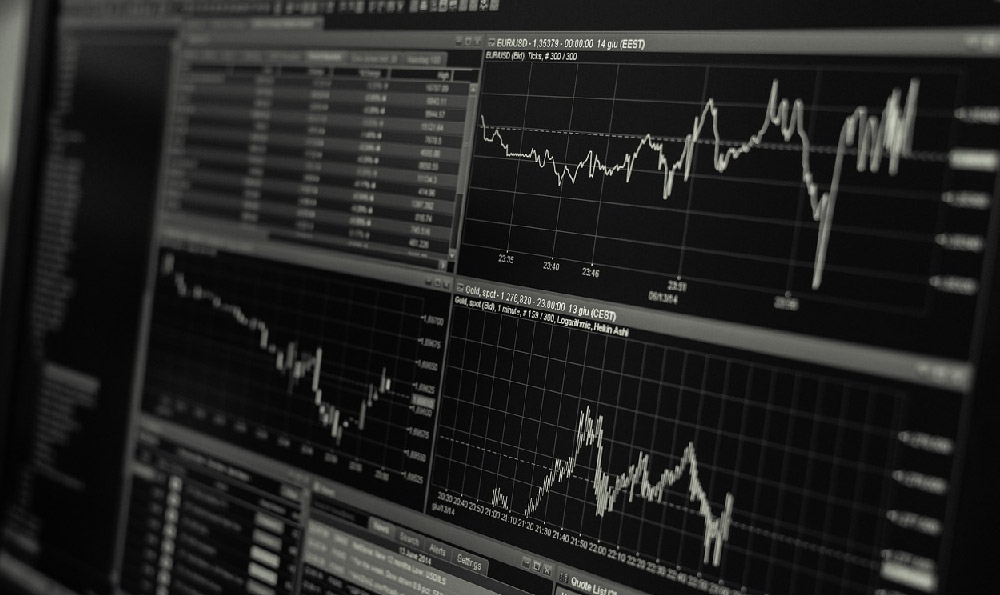
Gold jewelry occupies a unique space in the realm of investment. Unlike gold bullion, gold exchange-traded funds (ETFs), or gold mining stocks which are purely evaluated on their intrinsic value as a commodity, gold jewelry carries a multifaceted value proposition. Assessing its worth as an investment requires a nuanced understanding of its composition, market dynamics, and potential for appreciation.
The allure of gold jewelry stems from its aesthetic appeal, cultural significance, and perceived store of value. Throughout history, gold has been prized for its beauty, durability, and resistance to corrosion, making it a symbol of wealth and status. This inherent desirability contributes to its enduring market demand. However, prospective investors need to approach gold jewelry purchases with a clear distinction between its emotional value and its potential as a financial asset.
One of the primary considerations is the gold purity. Gold jewelry is typically not made from pure 24-karat gold (99.9% purity) because pure gold is too soft and easily damaged for everyday wear. Instead, it is alloyed with other metals like silver, copper, and zinc to increase its hardness and durability. Common gold purities are 18-karat (75% gold), 14-karat (58.3% gold), and 10-karat (41.7% gold). The lower the karat, the less gold content and the more of other metals, which directly impacts its intrinsic value as gold. Therefore, when considering gold jewelry as an investment, paying close attention to the karat is essential. A higher karat piece will inherently hold more gold value.

Beyond gold purity, the craftsmanship and brand recognition play a significant role in determining the price of gold jewelry. Intricate designs, the use of precious gemstones, and the reputation of the designer or manufacturer can significantly inflate the price beyond the gold's intrinsic value. In such cases, a considerable portion of the purchase price goes towards the “art” and brand premium, rather than the gold itself. When considering a purchase from an investment perspective, it is crucial to evaluate whether this premium is likely to hold its value or even appreciate over time. Limited edition pieces from renowned designers or houses with a strong resale market might hold better potential, but this requires in-depth market knowledge and understanding of the luxury goods sector.
Another crucial factor is the spread between the buying and selling price. Jewelry retailers typically mark up their prices significantly to cover their operating costs and profit margins. When selling gold jewelry back to a dealer or pawn shop, the price offered will often be considerably lower than the original purchase price, sometimes even below the current spot price of gold. This large spread can erode potential returns, especially if the investment horizon is short-term. Liquidity can also be an issue; selling gold jewelry quickly might require accepting a lower price than desired.
Market timing also plays a role. The price of gold is influenced by macroeconomic factors such as inflation, interest rates, currency fluctuations, and geopolitical events. During periods of economic uncertainty or high inflation, gold often serves as a safe-haven asset, and its price tends to rise. Buying gold jewelry during such times could be beneficial, but it's important to remember that gold prices are volatile and can fluctuate significantly. Conversely, buying gold jewelry when gold prices are already high might limit potential upside and increase the risk of losses.
The storage and insurance of gold jewelry are also important considerations. Gold jewelry requires secure storage to protect against theft or damage. Depending on the value and quantity of the jewelry, this might involve investing in a safe deposit box or a home safe. Additionally, it's crucial to have adequate insurance coverage to protect against loss or theft. These costs can add to the overall cost of ownership and should be factored into the investment decision.
Finally, consider alternative forms of gold investment. Gold bullion, gold ETFs, and gold mining stocks offer more direct exposure to the price of gold without the added complexities of craftsmanship and brand premiums. These options are typically more liquid and have lower transaction costs compared to gold jewelry, making them potentially more attractive for investors primarily focused on capital appreciation.
In conclusion, while gold jewelry can be a beautiful and enjoyable asset to own, its worth as an investment is often overstated. While it provides a tangible store of value and can appreciate over time along with the price of gold, several factors can limit its investment potential. These include the gold purity, craftsmanship premium, buying and selling price spread, storage and insurance costs, and the availability of more efficient gold investment options.
Before purchasing gold jewelry with investment in mind, it is imperative to conduct thorough research, understand the market dynamics, and carefully consider all the costs involved. Treat gold jewelry as a hybrid asset: partly a store of value, partly an aesthetic pleasure, and only cautiously, and informedly, an investment vehicle. If the primary goal is financial growth, exploring alternative gold investment options that offer greater liquidity and lower transaction costs may be a more prudent approach. The intrinsic value of gold offers a safe haven in turbulent economic times, however, when that gold is adorning your neck, it's best to enjoy the look, and not expect to see incredible investment returns.

